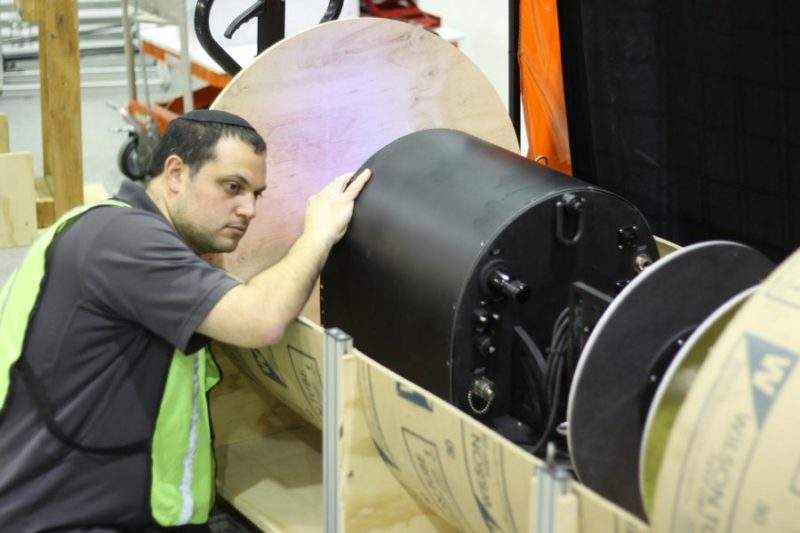
A pair of autonomous robots are set to identify uranium deposits on pipe walls at the US Department of Energy’s (DOE) former uranium enrichment plant in Piketon, Ohio.
The robots, developed by Carnegie Mellon University’s (CMU) Robotics Institute, will be delivered to DOE’s 3,778-acre Portsmouth site in May to measure radiation levels inside the pipes.

Discover B2B Marketing That Performs
Combine business intelligence and editorial excellence to reach engaged professionals across 36 leading media platforms.
They are able to do this with greater accuracy than is possible with external measuring techniques, reducing the risk to workers who would otherwise perform the measurements by hand and cutting associated labour costs.
The tetherless robots, named RadPiper, will operate initially in pipes measuring 30 inches and 42 inches in diameter. They will characterise radiation levels in each foot-long segment of pipe so that those containing potentially hazardous amounts of uranium-235 can be removed and decontaminated.
The robot’s disc-collimated sensing instrument will use a standard sodium iodide sensor to count gamma rays. The sensor is positioned between two large lead discs which block gamma rays from uranium deposits that lie outside of the one-foot section of pipe that is being characterised, ensuring the sensors only pick up the relevant radiation.
Most of the plant’s piping will remain in place and will be demolished safely with the rest of the facility.

US Tariffs are shifting - will you react or anticipate?
Don’t let policy changes catch you off guard. Stay proactive with real-time data and expert analysis.
By GlobalData“With more than 15 miles of piping to be characterised in the next process building, there is a need to seek a smarter method,” said the director of technology development for DOE’s Office of Environmental Management, Rodrigo V Rimando Jr.
“We anticipate labour savings on the order of an eight-to-one ratio for the piping accomplished by RadPiper.”
DOE officials estimate the robots could save tens of millions of dollars detecting uranium deposits at the Portsmouth Gaseous Diffusion Plant in Piketon, and save perhaps $50m at a similar uranium enrichment plant in Paducah, Kentucky. However, nuclear deposits must be identified manually in certain components.
The nuclear plant has been closed since 2000, having begun uranium-producing operations in 1954.
The DOE has paid CMU $1.4m to develop the robots as part of the Pipe Crawling Activity Measurement System.
Remote-controlled robots have previously been used to carry out hazardous work at nuclear power plants, such as the Fukushima power plant which suffered a meltdown in 2011 after an earthquake.
The Robotics Institute has previously designed and constructed robots used in clean-up operations at the Three Mile Island reactor in Pennsylvania and the Chernobyl reactor in Ukraine.





